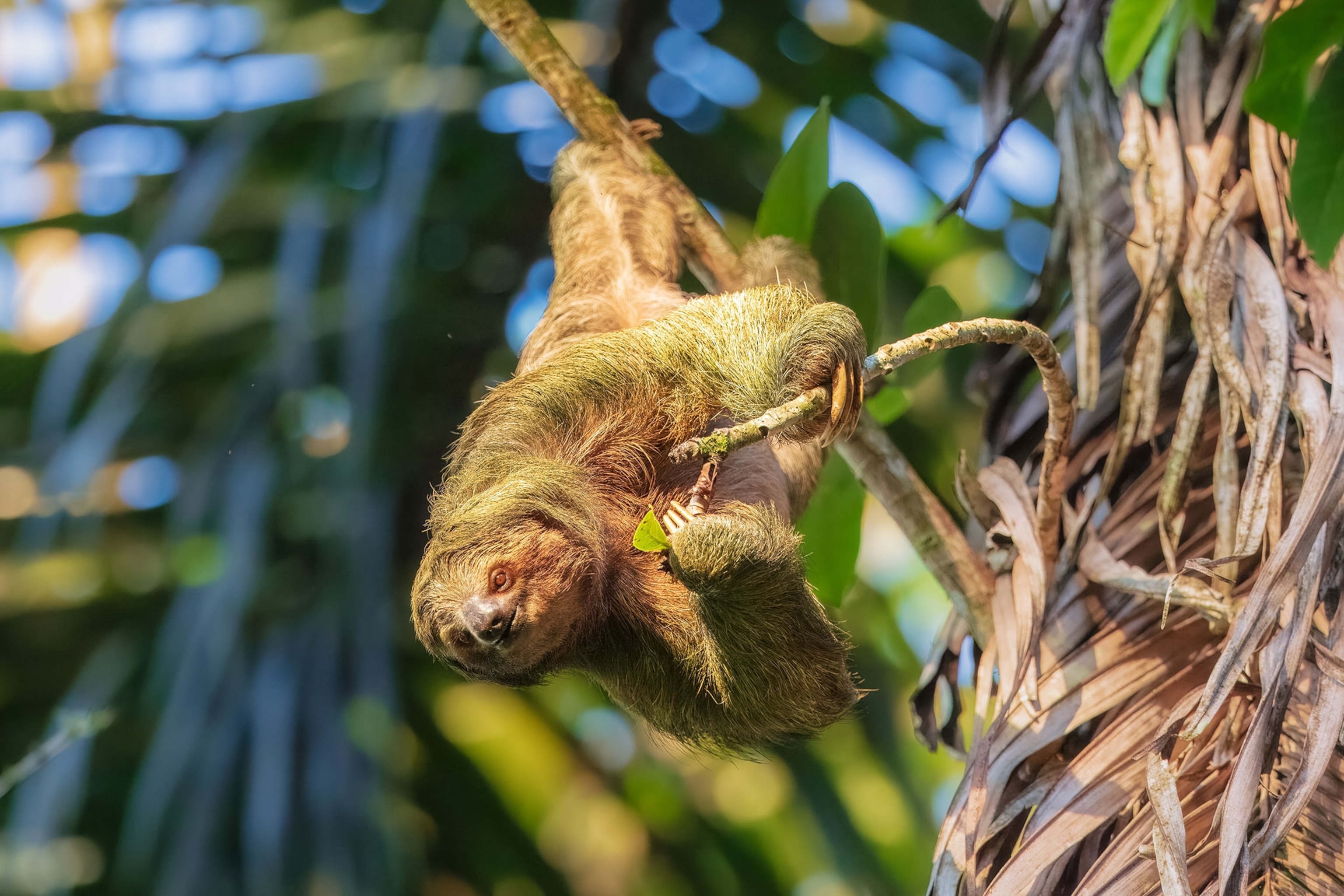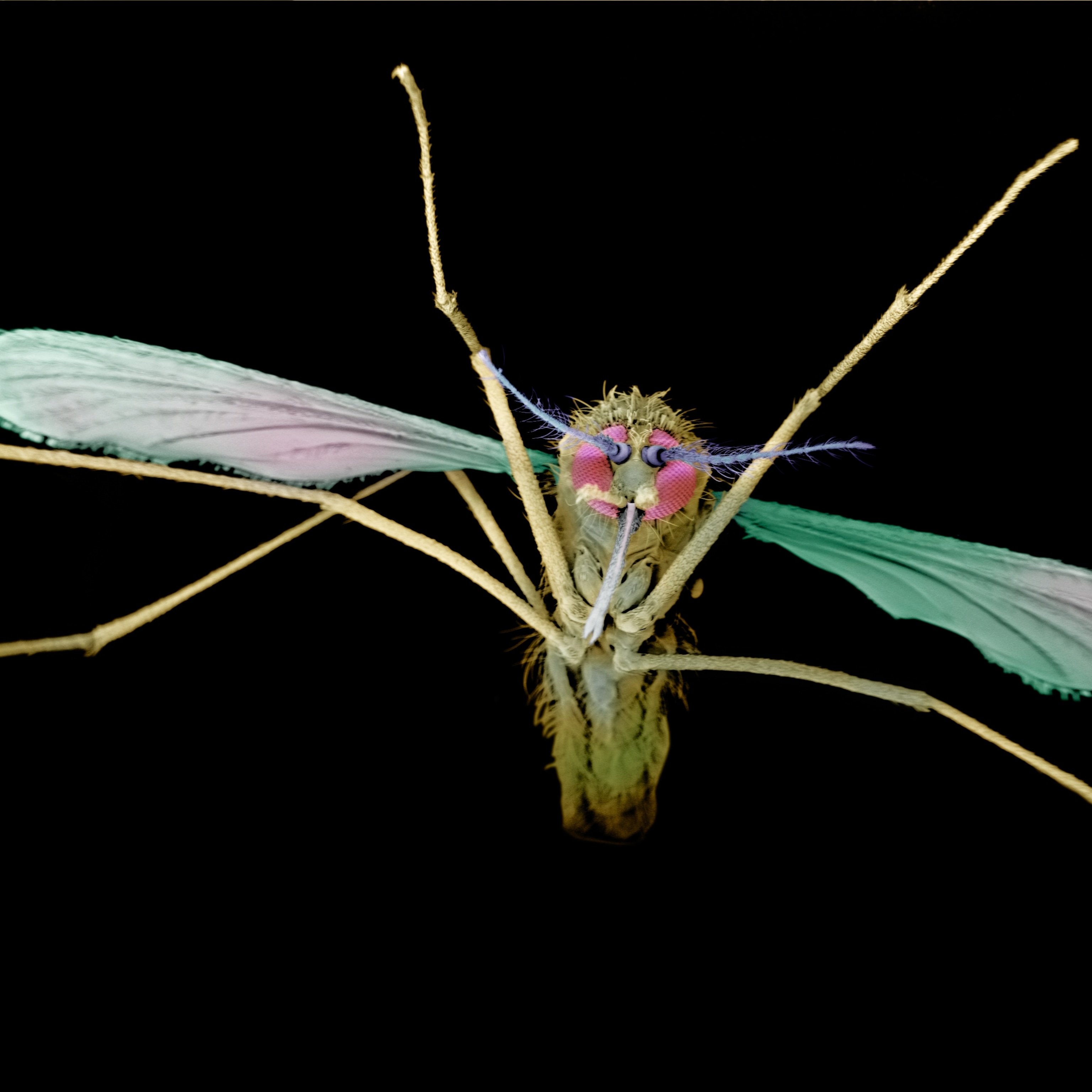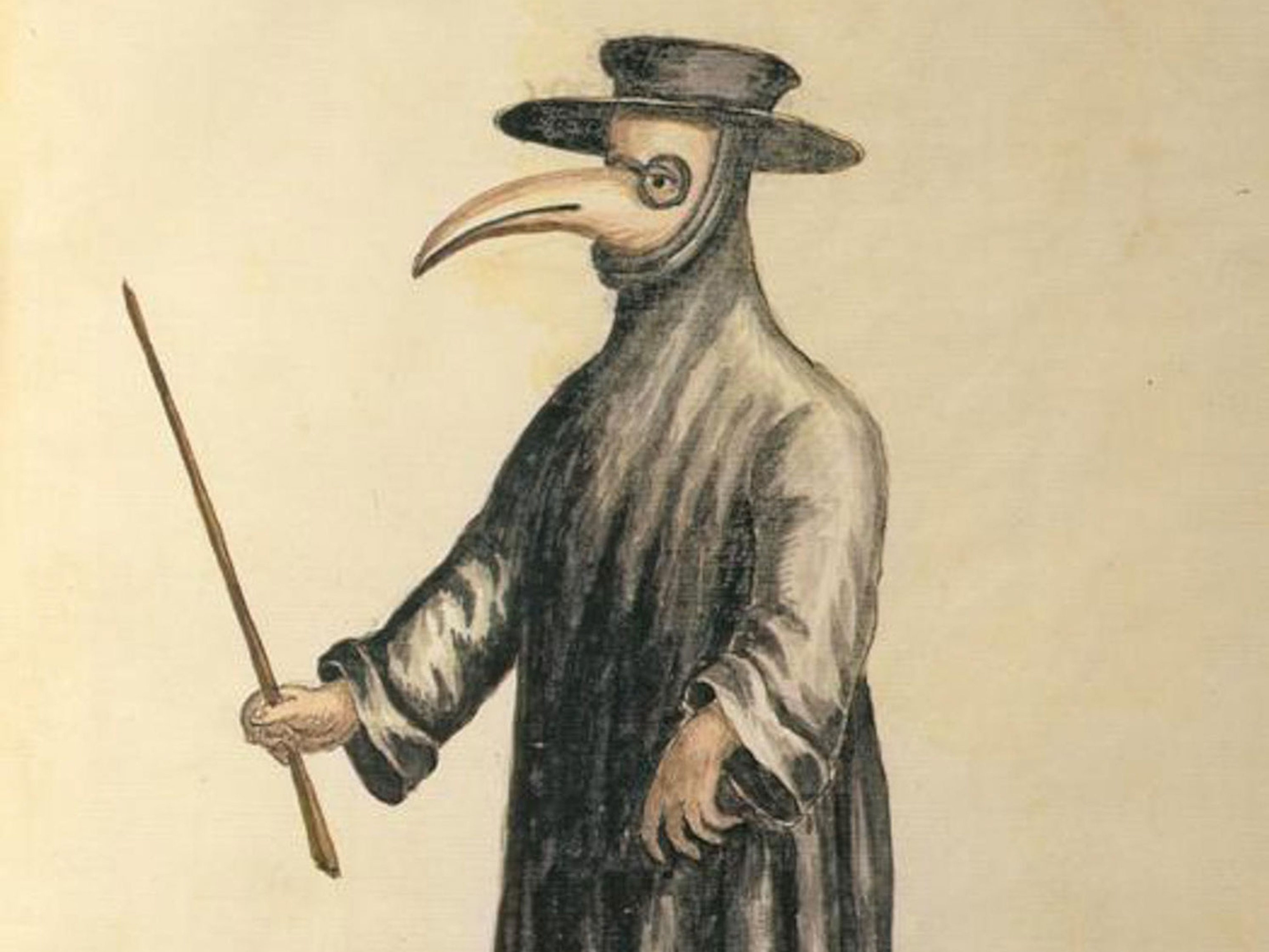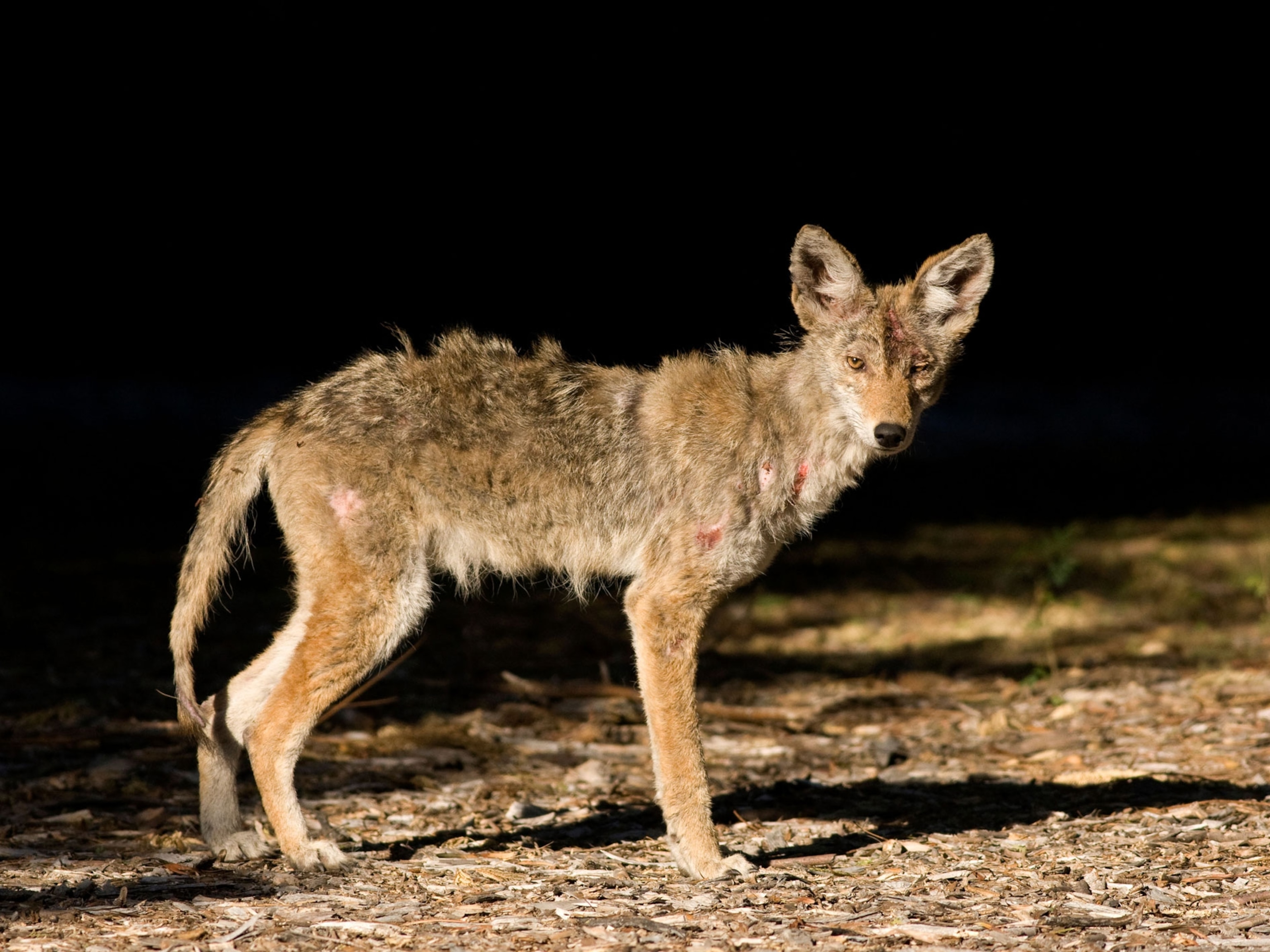What is ‘sloth fever’? This rare Amazon virus is spreading—here's what you should know
So far in 2025, the illness has sickened over 12,000 people in 11 countries across the Americas.

Until recently, Oropouche virus hadn’t been seen outside of the Amazon. Prior to 2023, there were only a few hundred cases a year. But the virus evolved, spreading to thousands of people across the Americas in countries it had never reached before. Last year, Oropouche also turned fatal for the first time, claiming the lives of two young, otherwise healthy women. Now, cases are popping up again, though deaths remain rare.
Although numbers in the United States are still low, with only one confirmed case this year, the uptick across the Western Hemisphere is significant enough that scientists are on high alert. So far in 2025, the Pan American Health Organization has recorded over 12,000 confirmed cases in 11 countries, and the United Kingdom reported its first cases ever.
“I think [the true number of cases] is very likely to be higher,” says William de Souza, a virologist at Kentucky College of Medicine. “We don't know the number of asymptomatic cases.”

So, how does Oropouche virus spread?
First discovered in 1955, the virus is transmitted from person to person by a small insect called the biting midge (Culicoides paraensis), which resides worldwide, particularly in rural areas. Their tiny size has earned them the nickname, “no-see-ums.” They can be as small as an eighth of an inch and leave behind red welts about the same size. “Sometimes this midge bites you, and you don’t realize,” de Souza says. “You don’t see because it’s so fast.”
But when these midges bite, however tiny and unseeable the welt may be, they can transmit Oropouche to humans or other animals. In the rainforest areas where the virus was once confined, midges pick up and spread the virus among primates, birds, and other mammals like pale-throated sloths (Bradypus tridactylus)—which is why it’s sometimes called “sloth fever.”
Now that Oropouche is spreading outside of its normal zone, scientists are studying other ways it might get around. The Centers for Disease Control and Prevention (CDC) is trying to determine if mosquitoes can carry the virus. The bloodsuckers have long been assumed to be carriers, but recent research suggests their potential to transmit the virus is low. And, although the virus shows up in semen, there have been no confirmed accounts of sexual transmission. For now, no-see-ums are the biggest concern.
(Are we entering a new era of mosquito control?)
Why is the virus showing up outside of the Amazon?
In recent years, the tiny insects’ knack for virus dissemination may have been aided by a multitude of factors. For one, previous strains of Oropouche have mutated to form a version that’s better and faster at infecting cells. The new strains seem to be able to evade neutralizing antibodies, which help fight off the virus as part of the body’s immune response. “This means that people previously infected in the Amazon could be susceptible to reinfection by the new strains,” de Souza says.
Deforestation may also be a key factor in the increased spread. In the world’s largest rainforest, the phenomenon is far from rare, pushing the Amazon’s animals, including midges, closer to human activity as their habitat dwindles. “Midges need blood,” de Souza explains. “You can take the blood from other animals, but if other animals are not available, they will take blood from people, and if they take from people, they will infect people and then start everything again.”
(Why deforestation matters—and what we can do to stop it.)
At the same time, climate change may be helping midges expand beyond their usual stomping grounds as increased temperatures and precipitation make more of the world an ideal place to breed. As climate change pushes the insects to new areas, it could increase their contact with urban zones, which, for now, tend to have fewer midges.
Like many viruses, Oropouche spread is also largely impacted by travel. Infected humans may travel to another area without even realizing they’re sick, bringing along the virus and, if they land in a place with midges, beginning a local transmission cycle.
Who’s at risk in Oropouche outbreaks?
Since the 2023 outbreak, Florida has seen the vast majority of the United States’ Oropouche cases. Last year, the state reported 103 out of 108 total US cases.
But even though no-see-ums thrive in Florida’s humid climate, none of the cases originated in the U.S., says Sarah Guagliardo, an epidemiologist in the Division of Vector-borne Diseases at the CDC. “It's actually related to travel patterns,” she says. “So the vast majority of cases that we detected here were in people that traveled to Cuba and returned to Florida. Last year, Cuba had experienced this very intense outbreak. But no local transmission has been detected in Florida.” (The U.K.’s cases this year are similarly linked to Brazil travel.)
That’s not to say Floridian midges (or even mosquitoes) couldn’t spread the virus down the line, but to scientists’ knowledge, it hasn’t happened yet. To make sure things stay that way, the best method is to avoid contact with insects. “Not getting infected in the first place will go a long way in terms of public health and making sure that this Oropouche situation doesn't get out of control,” Guagliardo says.
Avoiding insects this time of year is a tall task but can go a long way to limiting virus spread. Guagliardo recommends wearing long sleeves and using an EPA-registered repellent to prevent bites. Insect nets can also be useful, although it’s important to keep in mind that midges are significantly smaller than mosquitoes, so not all insect nets are suitable, de Souza says.
(Are you a mosquito magnet? Here’s what you can do about it.)
What do “sloth fever” symptoms and treatments look like?
Oropouche doesn’t kill often, and it rarely causes ongoing health issues. In most symptomatic cases, patients might experience fever, chills, headache, muscle aches and joint pain.
“As we were monitoring the 2024 outbreak, I think what gave us pause is that the first deaths associated with Oropouche were reported in Brazil, along with fetal deaths and birth defects in infants whose mothers were infected,” Guagliardo says. “We've also known for a while that infection can cause severe neurologic disease like meningitis and encephalitis, although that is a very rare outcome.”
There’s no treatment or vaccine for the virus at this point, but the CDC recommends visiting a doctor if you become symptomatic, especially after traveling from an area with a high prevalence of Oropouche. Symptoms typically last a little over a week, and the virus may still be transmissible for several days afterward.
“Typically, what your health care provider will recommend is getting rest, drinking fluids to prevent dehydration, taking some over-the-counter medication like acetaminophen to reduce fever and pain,” she says. “But there is no specific treatment for Oropouche, and that's why we really like to emphasize prevention through avoidance of insect bites.”








